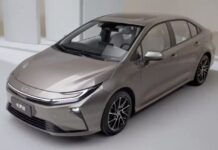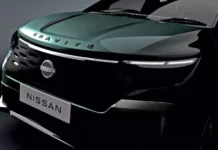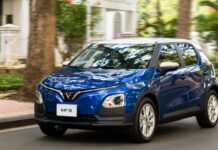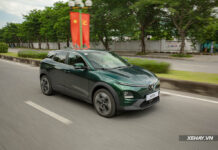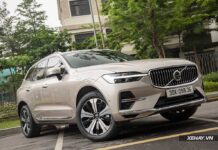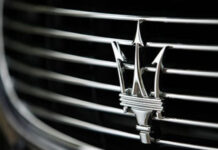The all-new MG4 marks a significant shift in the product strategy of MG, a brand under the SAIC Group. Positioned in the compact electric hatchback segment, the MG4 targets mainstream consumers with a starting price of approximately 68,800 CNY (~9,560 USD) in its domestic market. Within just 24 days of its launch, the vehicle garnered over 30,000 pre-orders, underscoring its strong appeal to consumers.
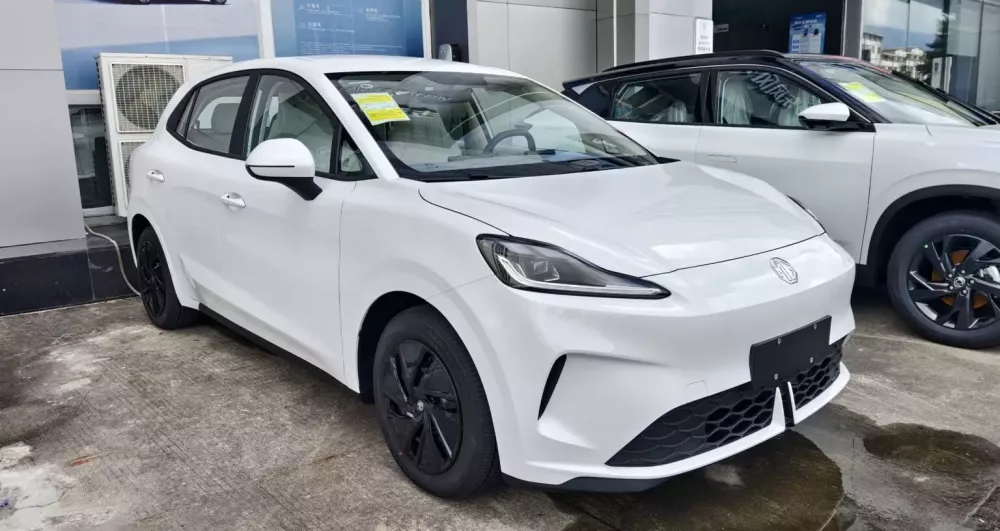
Unlike previous versions primarily designed for export to Europe, the 2025 MG4 is tailored to meet domestic demands. It emphasizes practicality, affordability, and daily usability over sporty driving dynamics. In China, the MG4 directly competes with the BYD Dolphin, Wuling Binguo S, and Geely Geome Xingyuan.
Exterior and Interior Design of the MG4
The MG4 measures 4,395 mm in length, 1,842 mm in width, 1,551 mm in height, with a wheelbase of 2,750 mm. The standard model features 16-inch wheels. Its standout exterior design includes projector headlights, a honeycomb grille, an illuminated MG logo (on premium variants), and a seamless LED taillight strip.
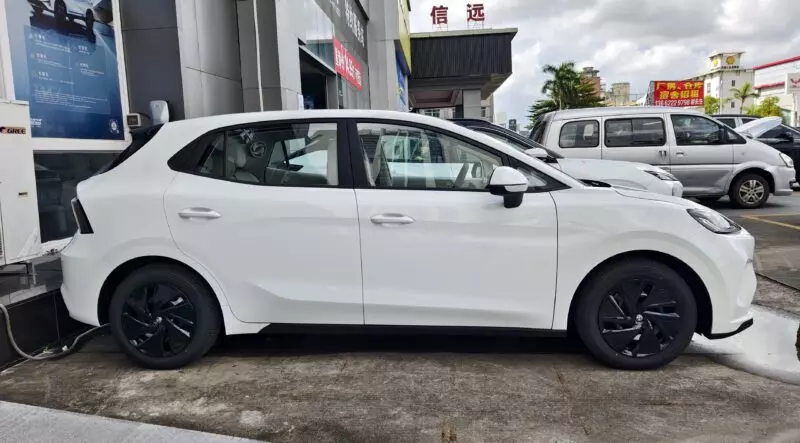
The cabin adopts a minimalist design, featuring a 10.25-inch central touchscreen, a dedicated digital instrument cluster, and a dashboard with minimal physical buttons. The boot offers 471 liters of space, complemented by an additional 98-liter storage compartment. Powered by a Qualcomm Snapdragon 8155 chip, the vehicle supports OTA updates and seamless connectivity via the Oppo ecosystem.
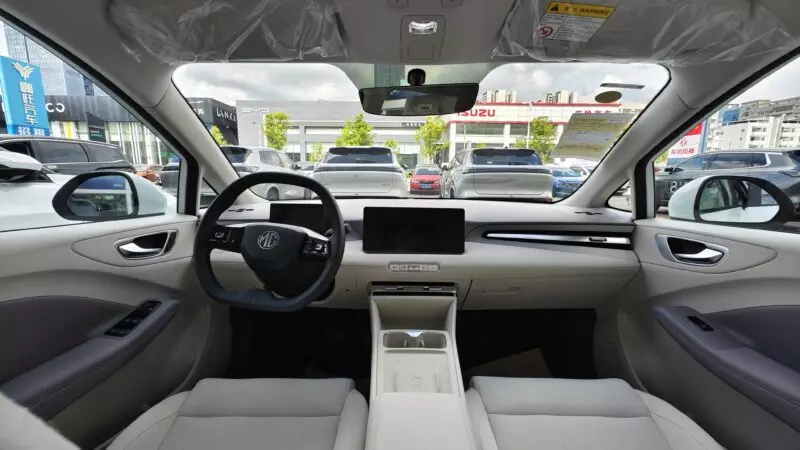
The interior primarily uses hard plastics, with soft-touch materials on the dashboard and doors. The rear seats feature a slight recline, enhancing comfort on long journeys.
Driving Experience
The MG4 employs a front-wheel-drive configuration, with MacPherson strut front suspension and a torsion beam rear setup, replacing the previous five-link rear system. It is equipped with a front-mounted electric motor delivering 120 kW (~161 hp). The 42.8 kWh battery provides a CLTC-rated range of 437 km.
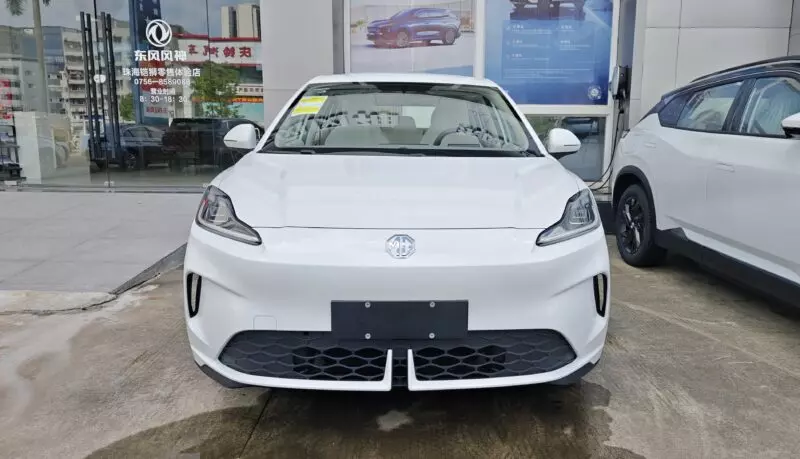
Prioritizing comfort and ease of driving over sporty precision, the MG4’s suspension handles urban roads well but struggles with larger potholes. At higher speeds, the body remains stable, though the steering lacks sharpness and feels artificial, particularly in Normal/Eco modes. Sport mode enhances steering weight and throttle response, yet overall, it caters to mainstream users seeking a comfortable ride.
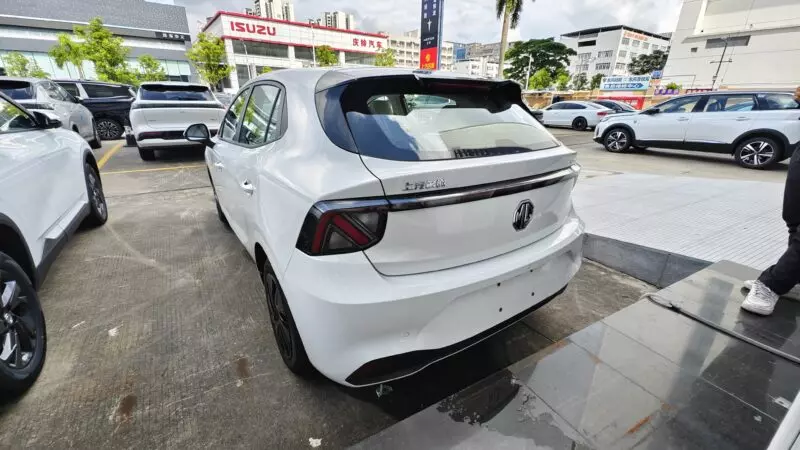
During aggressive acceleration on wet surfaces, the front wheels may experience slight slippage due to instant torque—a characteristic of front-wheel-drive electric vehicles. However, the traction control system intervenes promptly to maintain stability.
Noise insulation is adequate for its price range: the motor is quiet at low speeds, but wind and tire noise become more noticeable above 80 km/h.
Comprehensive Review of the MG4
The transition to front-wheel drive has expanded the MG4’s interior space and reduced production costs, but it has also softened the sporty edge previously associated with the brand in Europe. Instead, the new MG4 emerges as a practical, modern, and accessible electric hatchback, focusing on what Chinese consumers value most: spacious interiors, extended range, competitive pricing, and digital convenience.
The market’s response—over 30,000 orders in less than a month—demonstrates the MG4’s successful repositioning, making it a compelling choice for young urban consumers.

